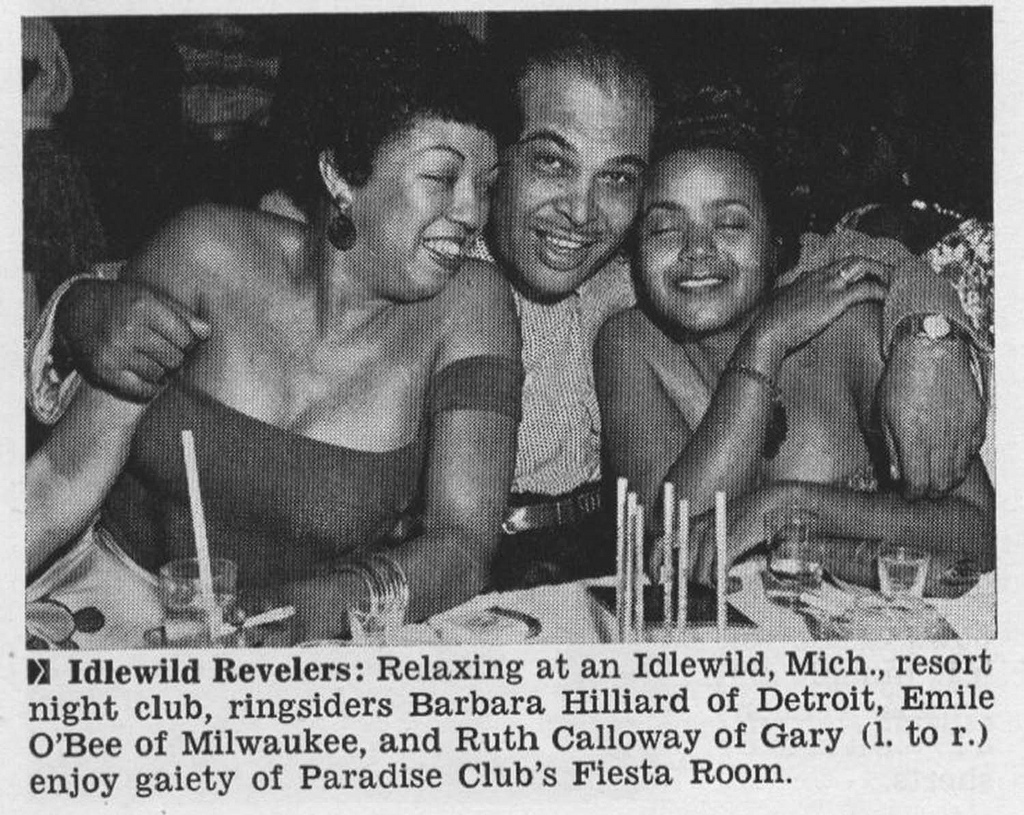This dirt road — dotted with abandoned cottages and businesses — offers a journey into a little-known piece of American history. It tells the story of the rise and fall of black America’s segregated high-society life and how they experienced, for a very brief time, something extraordinary and special.
Welcome to what was called “Black Eden,” the largest and most successful resort in the Midwest. For blacks in America, until the 1960s, this was the premier getaway spot in the country, a place they could call home for a week or two — or all summer long. At Idlewild, their dreams came true.
“At its high point, between the ’40s and early ’60s, nearly 30,000 folks would descend on here in the summer. Hundreds of black-owned businesses thrived. This place was hopping,” said John Meeks, who first came here in the ’50s with his family and now heads the town’s African-American Chamber of Commerce.
[mc4wp_form id=”6042″]







Jim Crow laws were state and local laws enforcing racial segregation in the Southern United States. Enacted after the Reconstruction period, these laws continued in force until 1965. They mandated de jure racial segregation in all public facilities in the states of the former Confederate States of America, starting in 1890 with a “separate but equal” status for African Americans. Facilities for African Americans were consistently inferior and underfunded compared to those available to European Americans; sometimes they did not exist at all. This body of law institutionalized a number of economic, educational, and social disadvantages. De jure segregation mainly applied to the Southern states, while Northern segregation was generally de facto—patterns of housing segregation enforced by private covenants, bank lending practices, and job discrimination, including discriminatory labor union practices. (Wikipedia).


You must be logged in to post a comment.